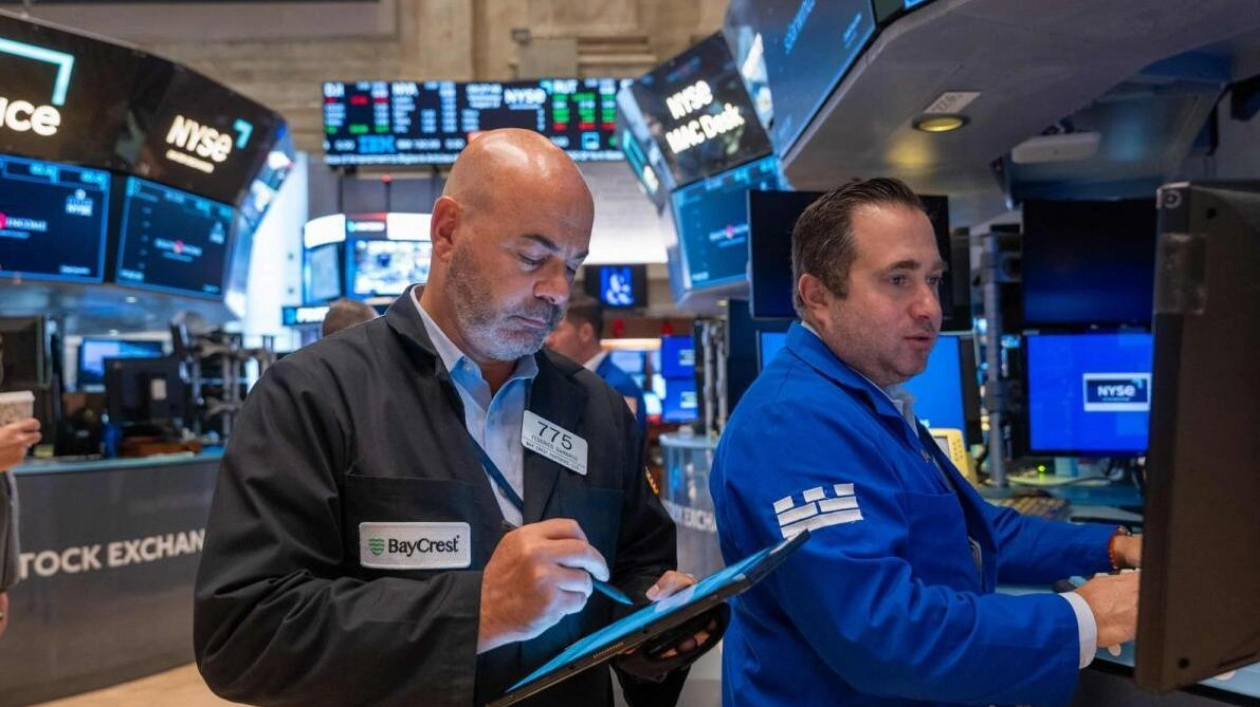According to Morningstar Direct, the U.S. market is poised to break another record in 2024 with the introduction of new exchange-traded funds (ETFs), averaging 50 new ETFs each month. This figure surpasses the monthly average of 48 in 2023 and 38 in 2022, both of which were also record years. The sustained increase in investor interest in the liquidity and tax benefits of ETFs, coupled with a surge in innovative products, is driving this growth, according to industry insiders and analysts. Despite recent market volatility, demand for the most speculative new products remains robust, while interest in 'buffer' ETFs, which use options to mitigate downside risk, has also grown. An example of a highly speculative product is the Defiance Daily Target 1.75x Long MSTR ETF, which allows investors to amplify their exposure to bitcoin by offering 1.75 times the daily return of MicroStrategy shares. Since its launch, the ETF has attracted over $50 million in inflows and has become the most volatile ETF in the market.
On the opposite end of the risk spectrum, there are ETFs designed for risk-averse investors. John Hooson, managing director of ETF services at Brown Brothers Harriman, noted a strong trend of launching new products that focus on income generation or downside protection through options. The Amplify CWP Growth & Income ETF, launched recently, exemplifies this approach by providing exposure to large-cap growth stocks and generating additional income through call options on some of these stocks. Another trend is the introduction of products that complement existing successful ETF families. For instance, Pacer ETFs introduced the Pacer Nasdaq 100 Top 50 CashCows, which targets the 50 stocks in the Nasdaq index with the highest free-cash-flow margins. Following this, Pacer ETFs plans to launch a Nasdaq 100 dividend ETF, capitalizing on the potential for many Nasdaq-listed companies to start paying dividends.






